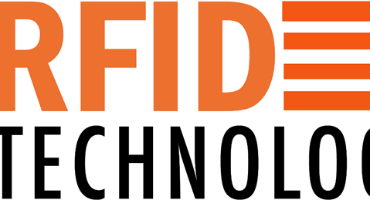Here's a detailed explanation of how this technology can be applied:
RFID UHF Technology: - RFID UHF technology involves the use of radio frequency identification tags and readers to wirelessly identify and track objects or components. UHF RFID tags can be attached to individual components, such as airbags, and these tags can store unique identification information.
Tagging Safety Components: - Each safety component, like an airbag, would have an RFID UHF tag attached to it during the manufacturing process. This tag contains specific information about the component, including its unique serial number, manufacturing date, batch information, and manufacturer details.
Data Access and Retrieval: - When a vehicle is involved in an accident, the RFID reader system installed in the vehicle or at the accident scene can scan the RFID tags on the safety components. This scan retrieves all relevant information about the components involved in the incident.
Information Retrieval: - The data accessed through RFID technology can include:
Manufacturer Information: The system can identify who manufactured the specific component.
Production Facility: It can pinpoint the facility where the component was produced.
Batch Details: You can retrieve information about the batch to which the component belongs.
Recall Activation: - If, after analyzing the retrieved data, it is determined that a specific batch of safety components poses a safety risk, you can take the following actions:
Identify Affected Vehicles: By cross-referencing the RFID data, you can quickly identify all vehicles that contain safety components from the problematic batch.
Recall Activation: With precise information, you can activate a recall for only the affected vehicles, minimizing costs and inconvenience for vehicle owners.
Quality Control and Improvement: - RFID UHF technology also provides valuable data for quality control and improvement processes. Manufacturers can monitor the performance and reliability of safety components by tracking their behavior in real-world situations. If a pattern of issues arises, corrective actions can be taken more efficiently.
Compliance and Reporting: - The use of RFID technology can help manufacturers comply with safety regulations and reporting requirements. Detailed records of component information can be easily accessed and shared with relevant authorities.
Consumer Confidence: - Implementing such a system can enhance consumer confidence in vehicle safety, as it demonstrates a commitment to transparency, quality control, and swift recall actions when necessary.
RFID UHF technology on safety components in vehicles offers a robust solution for improving quality control, vehicle safety, and recall management. It provides real-time data access, allowing for swift and targeted responses to safety concerns while maintaining transparency throughout the supply chain and manufacturing process.


